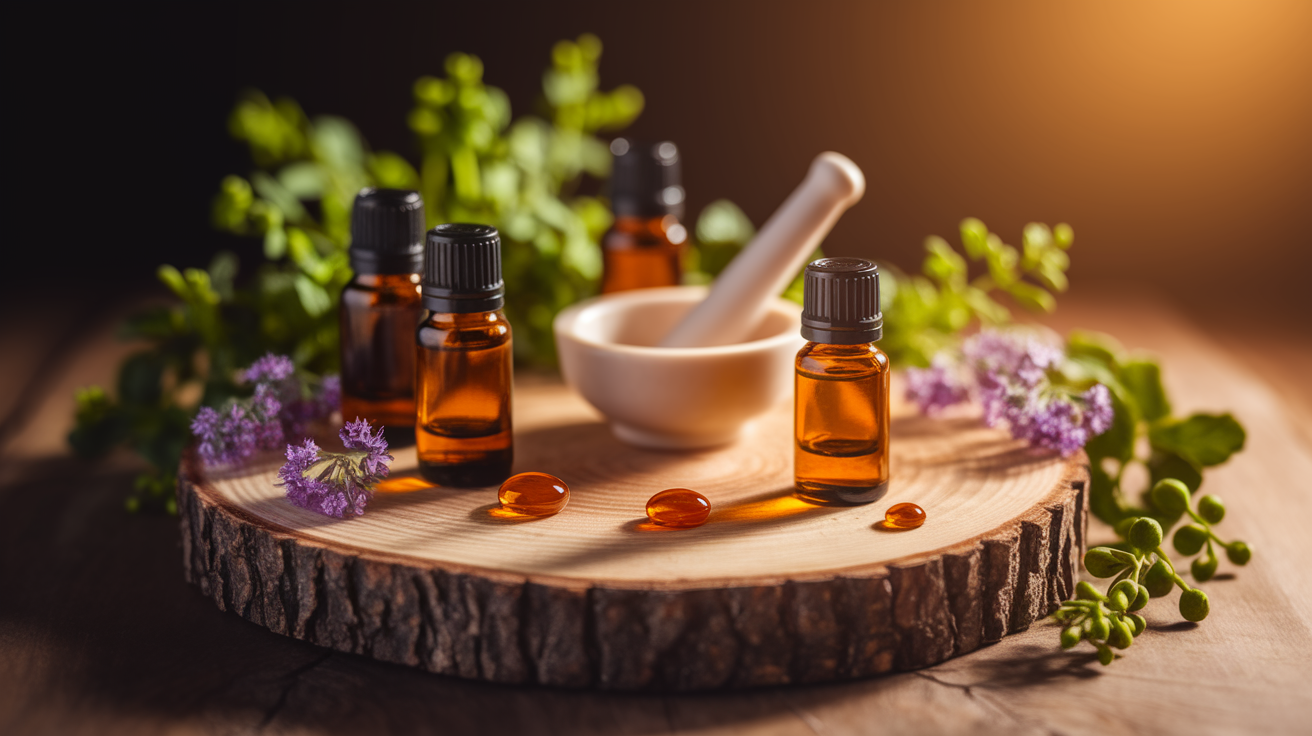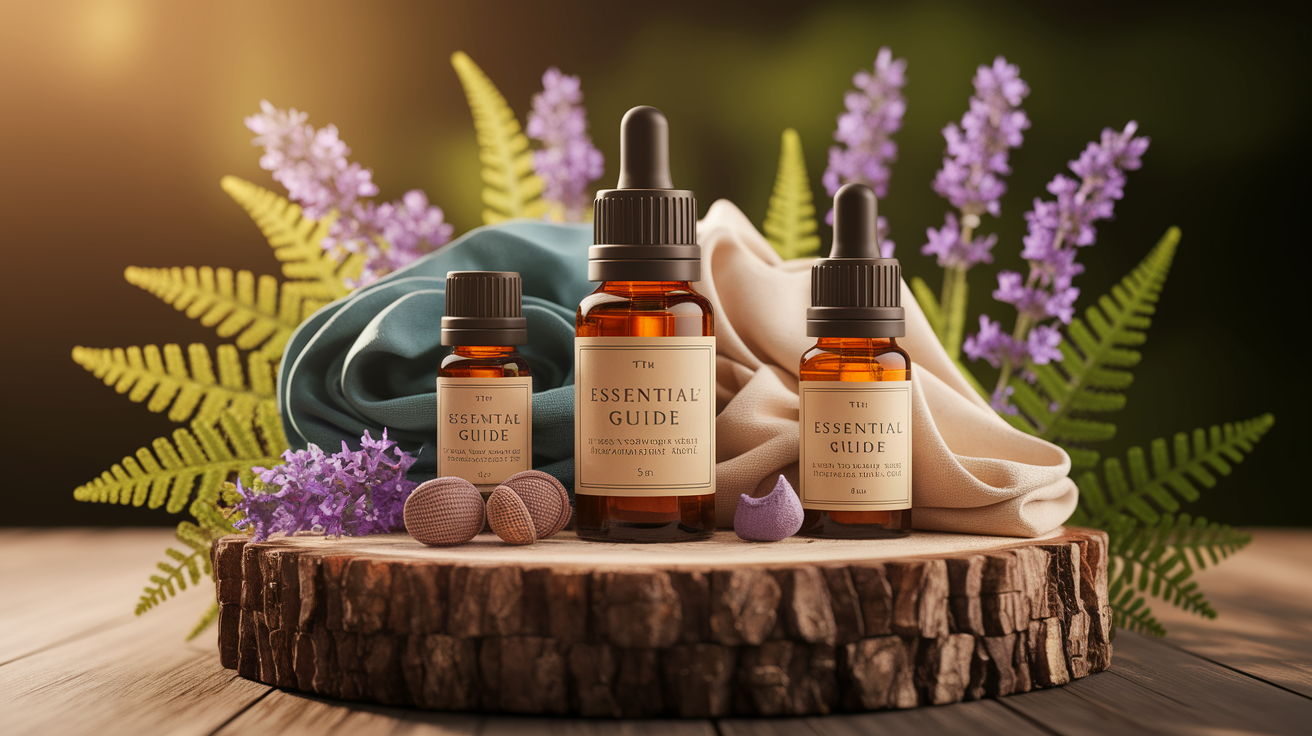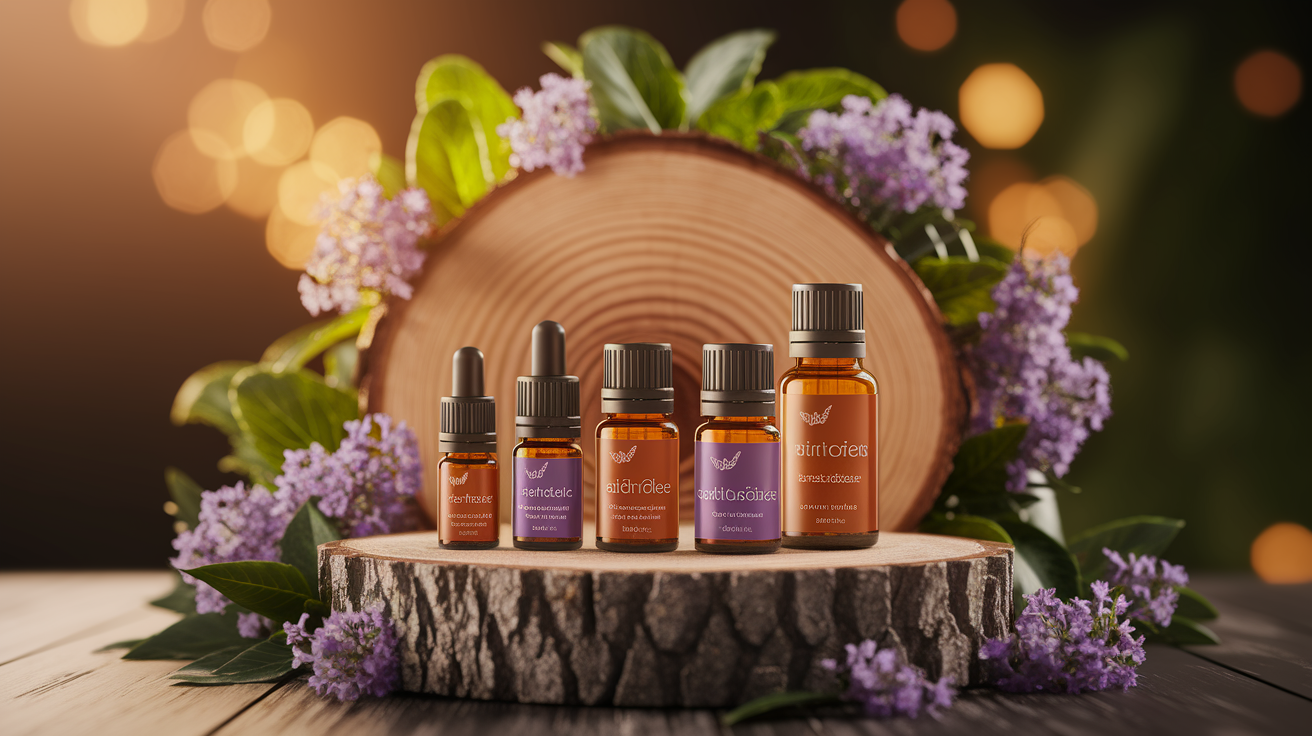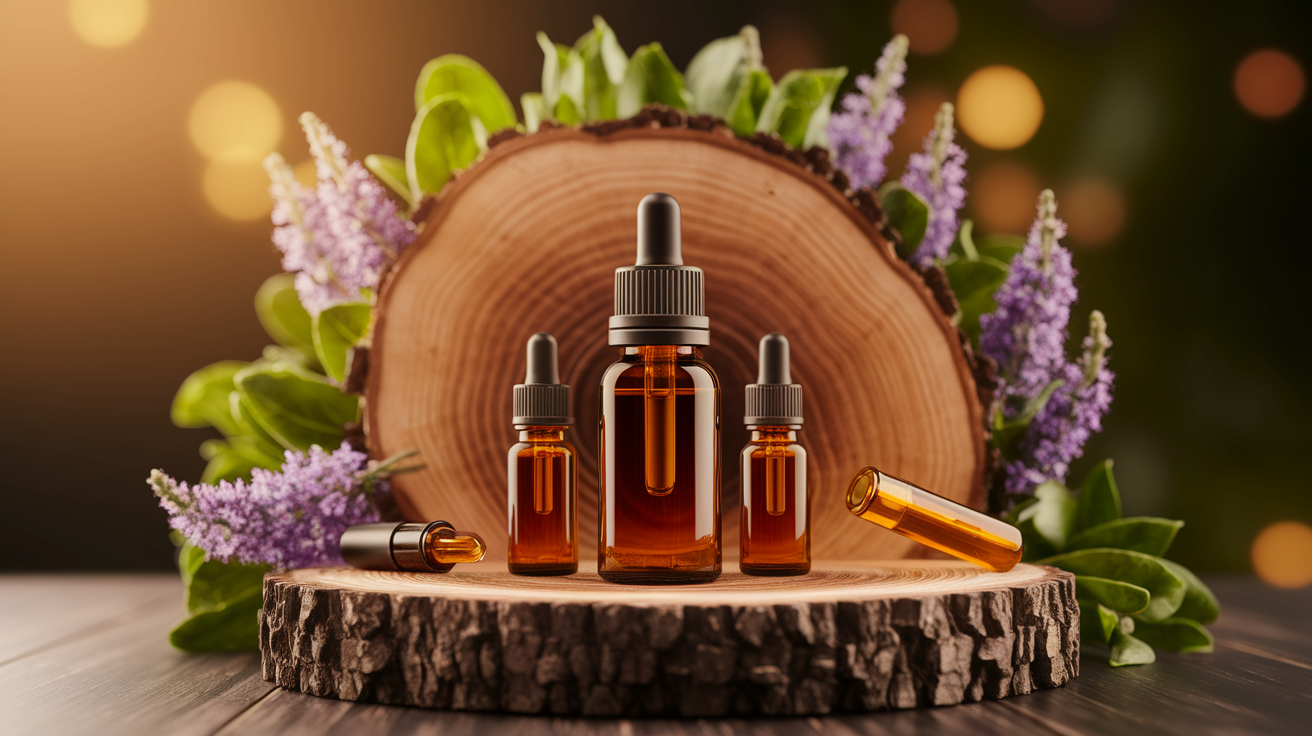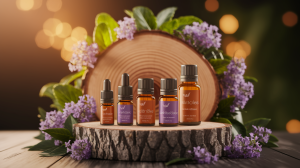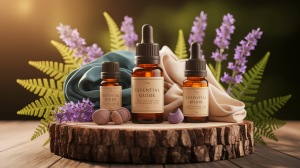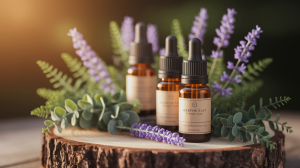Sniffing Out the Science
Have you ever caught a whiff of something so vivid it felt like a memory leapt out of hiding? It’s not magic—it’s sensory biology. With essential oils, every inhale is a tiny chemical event that sets off a cascade of responses in your body. You breathe in these delicate clouds of volatile organic compounds, and before you know it, microscopic sentinels in your nasal passages have clocked them, tagged them, and sent messages flying to your brain. What comes back isn’t just the smell—it’s mood, emotion, curiosity, sometimes even a rush of nostalgia so strong you swear you just time-jumped. That’s the start of the olfactory story, and it only gets more fascinating from here.
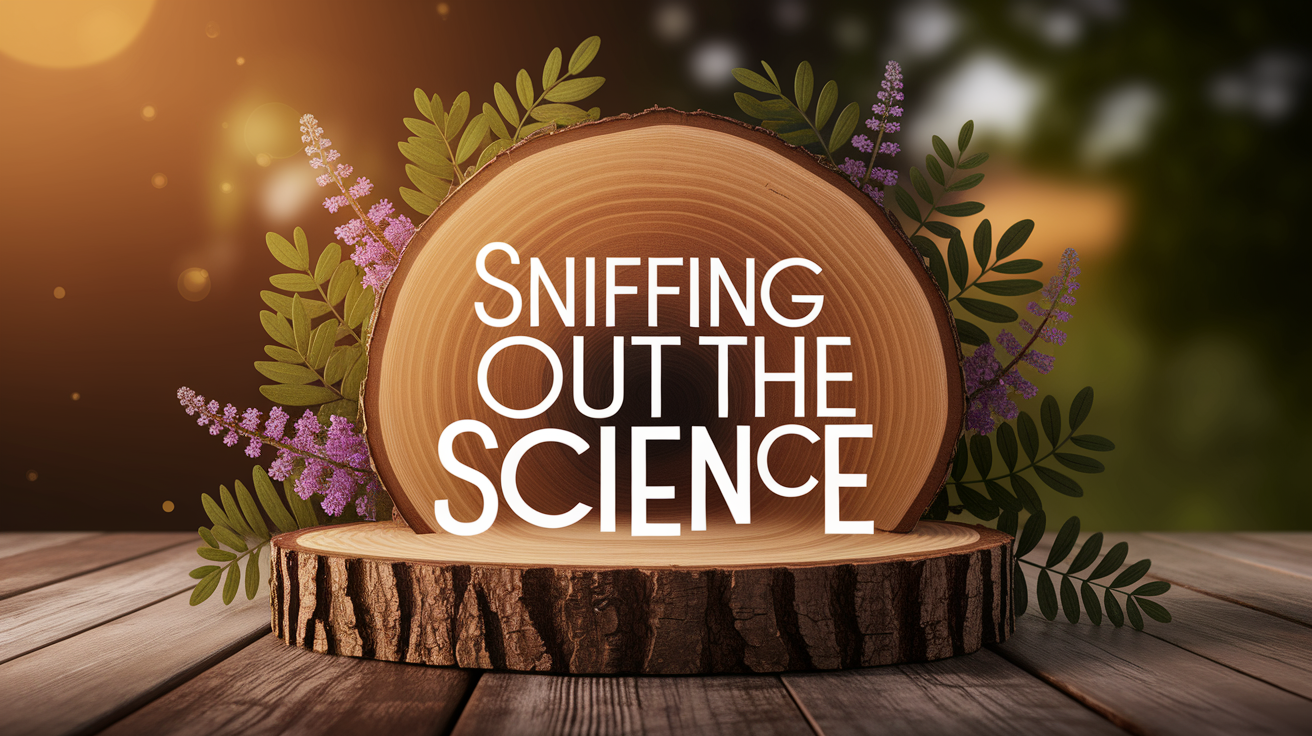
Essential Oils 101: Volatile Chemistry Behind the Aroma
Essential oils are, in essence, the plant’s personality distilled into a potent liquid. They’re hydrophobic, meaning they don’t mix with water, and bursting with bioactive constituents like terpenes and esters. These molecules are light and nimble—they vaporize easily, hitching a ride on the air straight into your nasal epithelium. There’s a whole science behind their chemical composition that explains why lavender can make the edges of the day feel softer, or peppermint can snap you awake like an icy splash. The fun part is, these compounds aren’t just for smelling; once absorbed, they can engage with receptors all over your body.
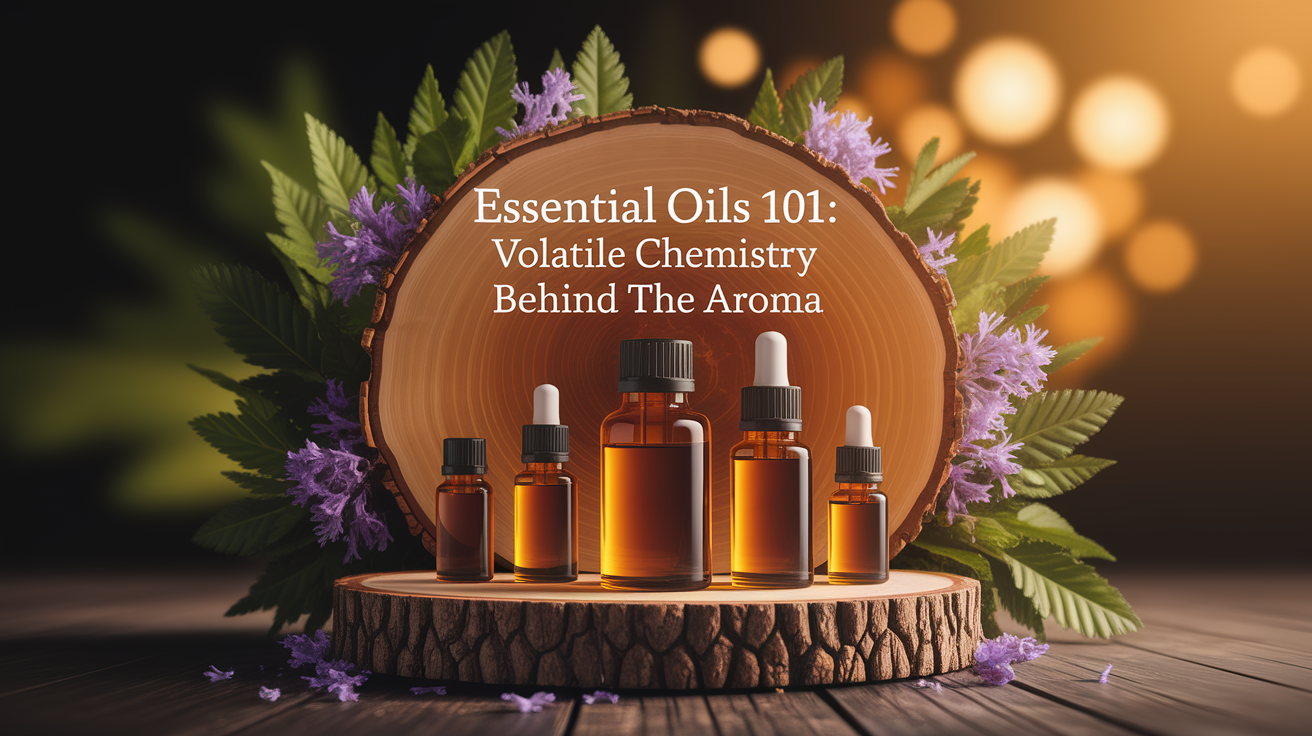
Olfactory Receptors: Your Molecular Nose
Think of olfactory receptors as elite detectives stationed across a grand scent-detecting outpost known as the nasal epithelium. Each one is a member of a huge family of G-protein coupled receptors, built to recognize very specific molecular shapes. A whiff of clove? That’s eugenol knocking at a receptor’s door. These receptors bind the odorant molecules, flip on their internal switch, and kick off olfactory transduction—signals racing to the olfactory bulb, then onward to the limbic system where they mingle with memory and emotion. It’s why smelling certain oils can change the way you feel almost instantly.

Beyond the Nose: Widespread Receptor Activity
Here’s the twist that made me double-take: olfactory receptors aren’t confined to your nose. They’ve been spotted in your skin, heart, kidneys, even in sperm cells and the gut. And yes, they still respond to smell molecules. Picture β‑caryophyllene, a compound from some essential oils, switching on cannabinoid receptors and easing inflammation, or certain terpenes nudging skin cells toward better balance. According to studies on peripheral olfactory receptor activity, the smell molecules you inhale may be quietly influencing systems far beyond the obvious sniff-and-smell loop.
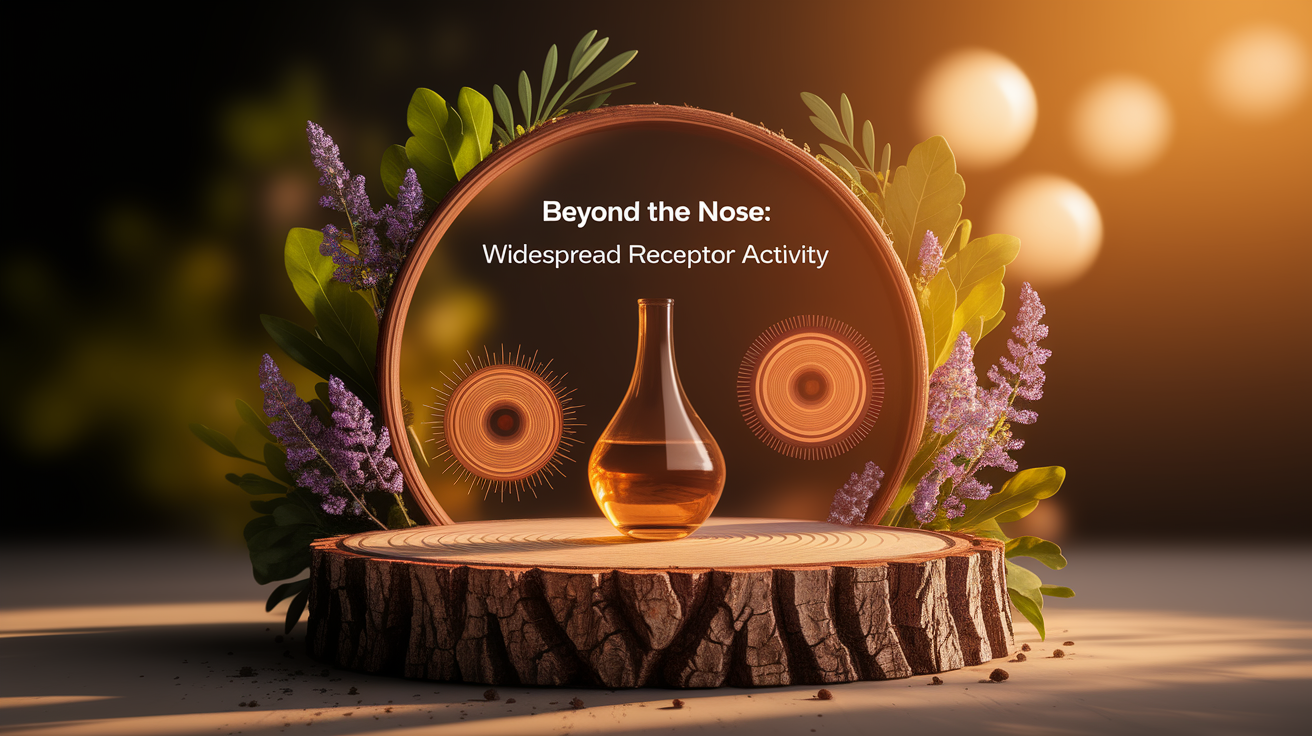
Training Your Senses: Olfactory Rehabilitation with Essential Oils
When the world’s scents fade, whether from illness or injury, the loss can be strangely hollow. Olfactory training steps in like a personal trainer for your nose. Using oils like rose, lemon, clove, and eucalyptus, you repeatedly expose your olfactory neurons to these aromas. Over time, those neurons can relearn how to recognize odor patterns, bolstered by the anti-inflammatory and regenerative properties of the oils themselves. It’s a slow dance between chemistry and neuroplasticity, but the pay-off—regaining scent perception—is immense.
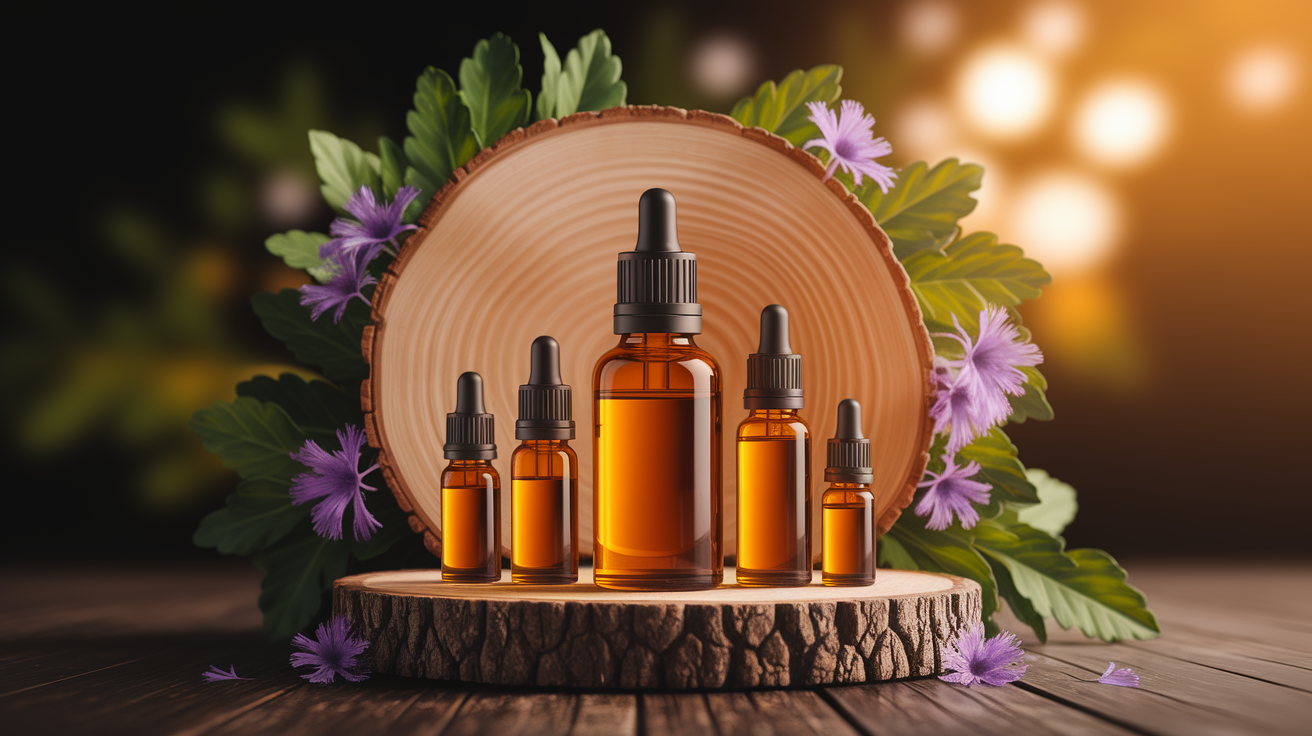
Avoiding Nose Blindness: Managing Olfactory Adaptation
Spend too long in a room with a scent, and it seems to vanish. That’s olfactory adaptation, or in everyday terms, nose blindness. Your olfactory system, ever efficient, dials down the signal when it decides a scent isn’t immediately important. With complex essential oils loaded with multiple aromatic compounds, you can stave off this fading effect a bit longer. The trick? Rotate your oils, take scent-free breaks, and keep your receptors guessing. You can dig into the science of scent to see why this keeps scent perception fresh and enjoyable.
Scented Science in Action
I remember opening a vial of frankincense during a grey, heavy afternoon. I wasn’t expecting fireworks—maybe some grounding calm. But the moment the vapor coiled into my nose, everything sharpened. It wasn’t just a scent; it was a molecular handshake between its terpenes and my olfactory receptors, releasing neurotransmitters that lifted the mood. Whether you’re chasing focus with peppermint or invoking calm with chamomile, the interaction between essential oils and your olfactory receptors forms a subtle but potent language. Once you start noticing the dialogue, every inhale feels like a message worth decoding.

